The biggest challenge of the energy sector transformation will be the spatial and temporal separation of production and consumption. Such a global issue may seem to require global or at least national solutions. The Energiepark Ewald study for the Hydrogen City Herten in Germany shows that regional concepts can make an important contribution as well.
The object of the study was the industrial zone Ewald in Herten. Until 2000, it was an active mining site and has meanwhile been turned into an industrial zone with a focus on services and logistics. This has resulted in the creation of 1,300 jobs, making the zone a prime example of successful structural changes in an area.
An important part of this zone is the Hydrogen Center of Excellence, h2herten. The technology center for the hydrogen and fuel-cell industry offers a unique system to test 100%-regenerative power supply. The storage medium used is a hybrid system consisting of hydrogen and battery storage.
The aim was to put the inspirational ideas into practice by providing energy supply to the entire industrial zone. The basis for realizing the project was an already existing 1.5-MW wind power plant set up in 1997 at the adjacent hill as well as a total of 680 kWpeak of installed PV power.
How to meet high demand
Tapping the full potential of the location would mean installing PV systems with a power of 3.5 MWpeak as well as a 3-MW wind power plant. This would directly meet 70% of the electricity demand; if the full economic potential of the location were realized, coverage would be between 65 and 70%. The balance sheet would even show a 30% surplus generated if the full potential were tapped. Thus, it is entirely possible to supply the industrial zone mainly by renewable energies without using much of the land available. Large-scale industrial consumers, however, could not be supplied like this.
How to use the local surplus
The high renewable share in power generation also results in a considerable surplus. Around half of the electricity generated in this scenario cannot be used on-site. Should it soon no longer be possible to feed the created surplus into the grid, it will have to be used otherwise. This opens up several possibilities.
Since power in an industrial zone is mainly consumed during the day, battery storage combined with solar systems is not a feasible option. The load fluctuations of the wind power plant do not allow for an efficient use of battery storage either. From a technical point of view, hydrogen-based storage systems are the much better alternative. They make it possible to even out seasonal fluctuations, further reducing the amount of power needed from the grid. This way, a renewable share of above 80% in power supply is quite a realistic target. The drawback is the economic feasibility of such a system.
A more economical way to use the surplus power generated is its application in the transportation sector. One option would be the use of excess energy during working hours, in order to charge employees’ electric cars. The high level of efficiency turns this method into a big advantage. However, any surplus generated at night will not be utilized. To make the most out of the excess potential, hydrogen for fuel-cell cars will be the right avenue to pursue. Additionally, energy suppliers will not have to depend on the needs of industrial zone employees alone. Such flexibility, however, takes its toll in the form of greater energy losses; the optimal solution would be a combination of hydrogen and electric vehicle usage.
The last option would be to use the excess energy to generate heat. Because of the high exergy losses, this is an intensely disputed method, but none of the systems mentioned above are designed for power peak loads in order to reach an acceptable number of operational hours. These peak loads could be well served by Power-to-Heat, especially because the industrial zone is connected to the district heating network that makes for a year-round consumer.
Organizational hurdles
All scenarios described above were developed by considering their economic feasibility. They, however, paint a simplified picture of reality: The industrial zone as only a single consumer. Such a scenario can rarely be found in reality. Besides the challenge of getting several companies to collaborate on the issue, it is mainly the legislator setting limits. Collaborative energy supply projects have very narrow confines in which they can operate, which will ultimately fail feasibility. It will be necessary to develop business models which circumvent these barriers or hope for a change in legislation.
The Energiepark Ewald study is a master thesis in Energy Systems studies at the Westphalian University of Applied Sciences in Gelsenkirchen. It is a part of the Herten Climate Concept 2020+ project. In June 2015, the paper’s authors were awarded the Innovation Prize 2015 by the German Hydrogen and Fuel Cell Association (DWV).
Author: Thorben Müller, h2herten Anwender-Zentrum GmbH, Herten, Germany, t.mueller@herten.de




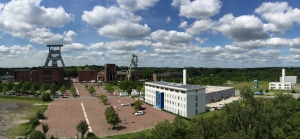

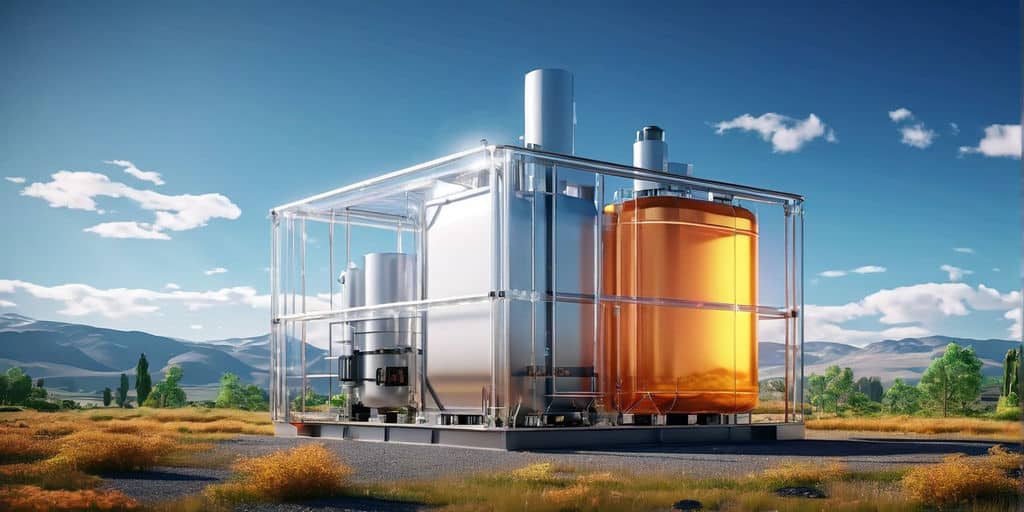
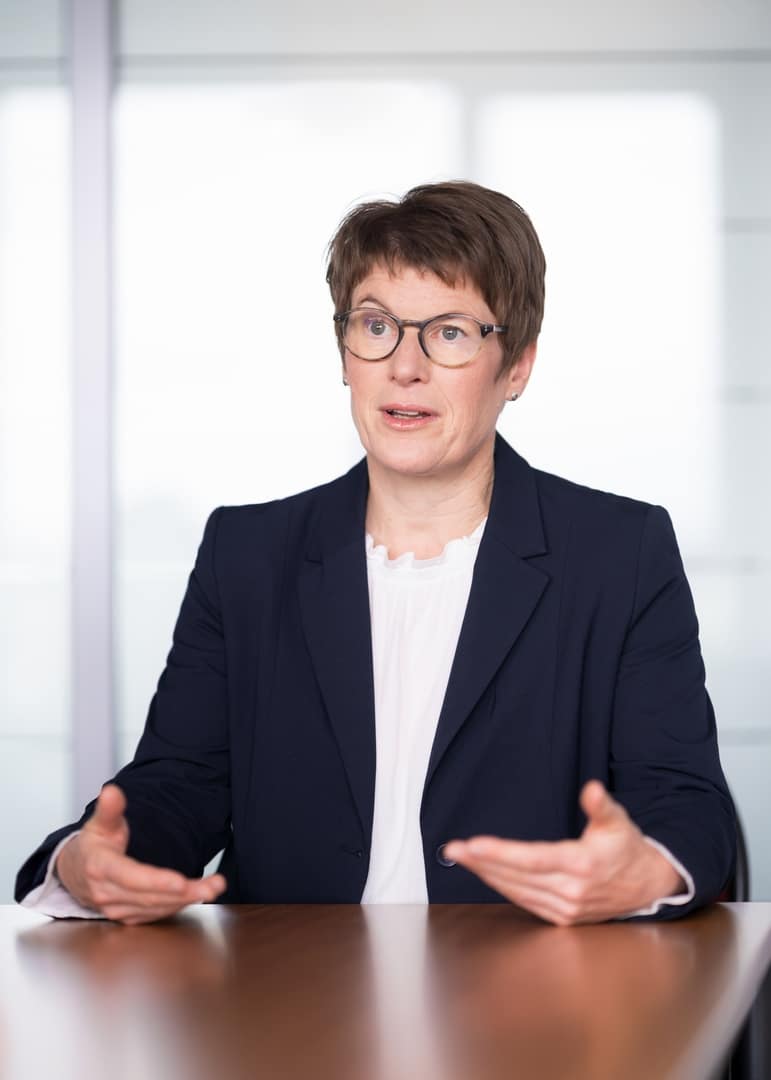
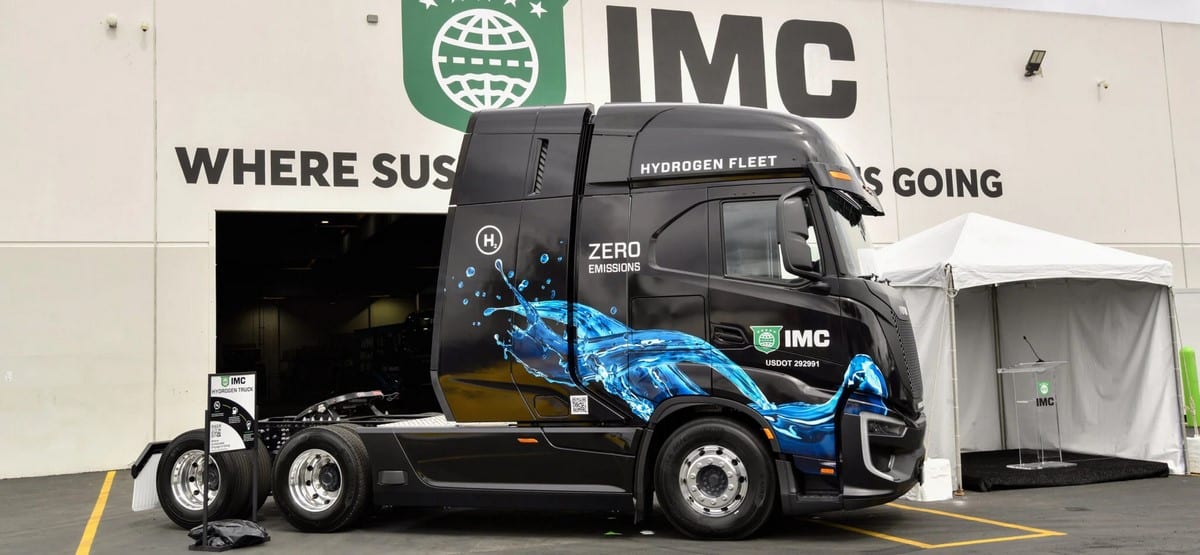
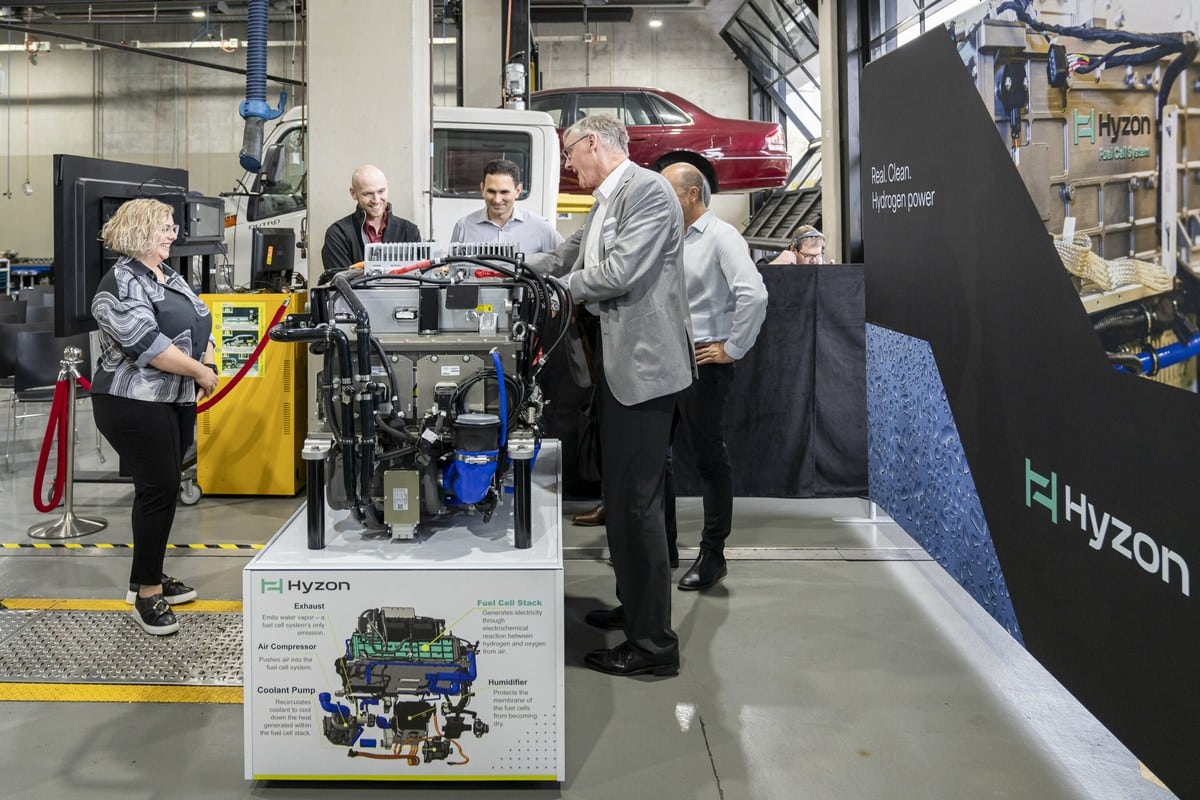
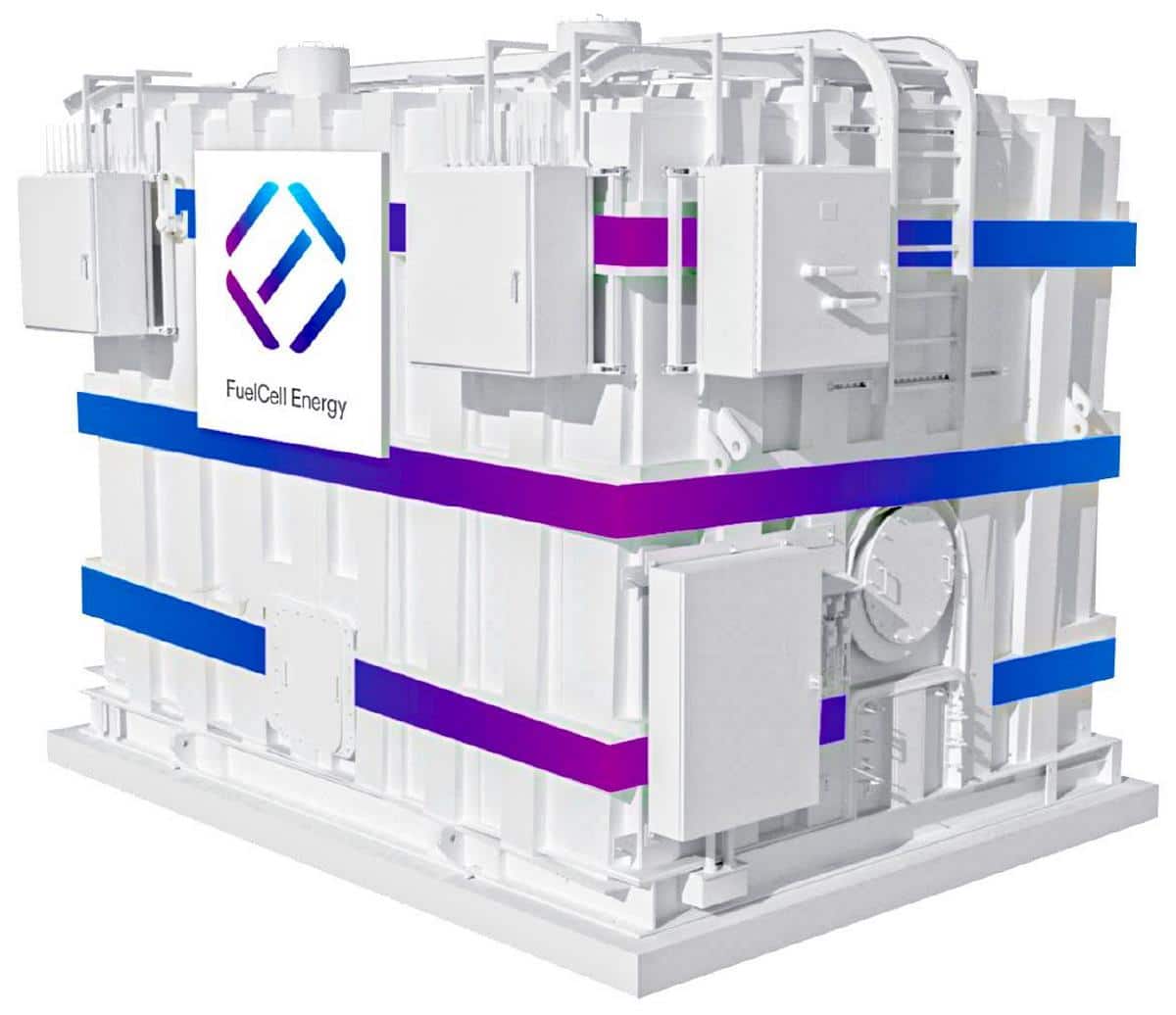
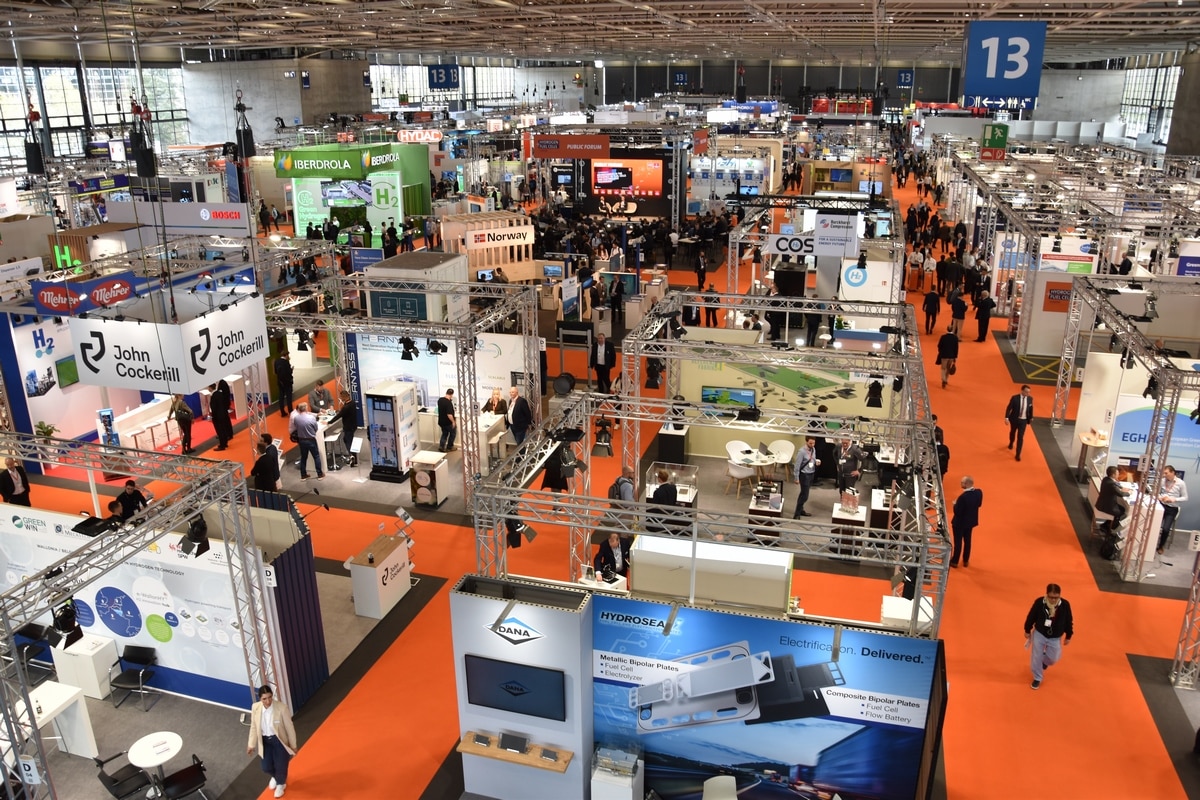
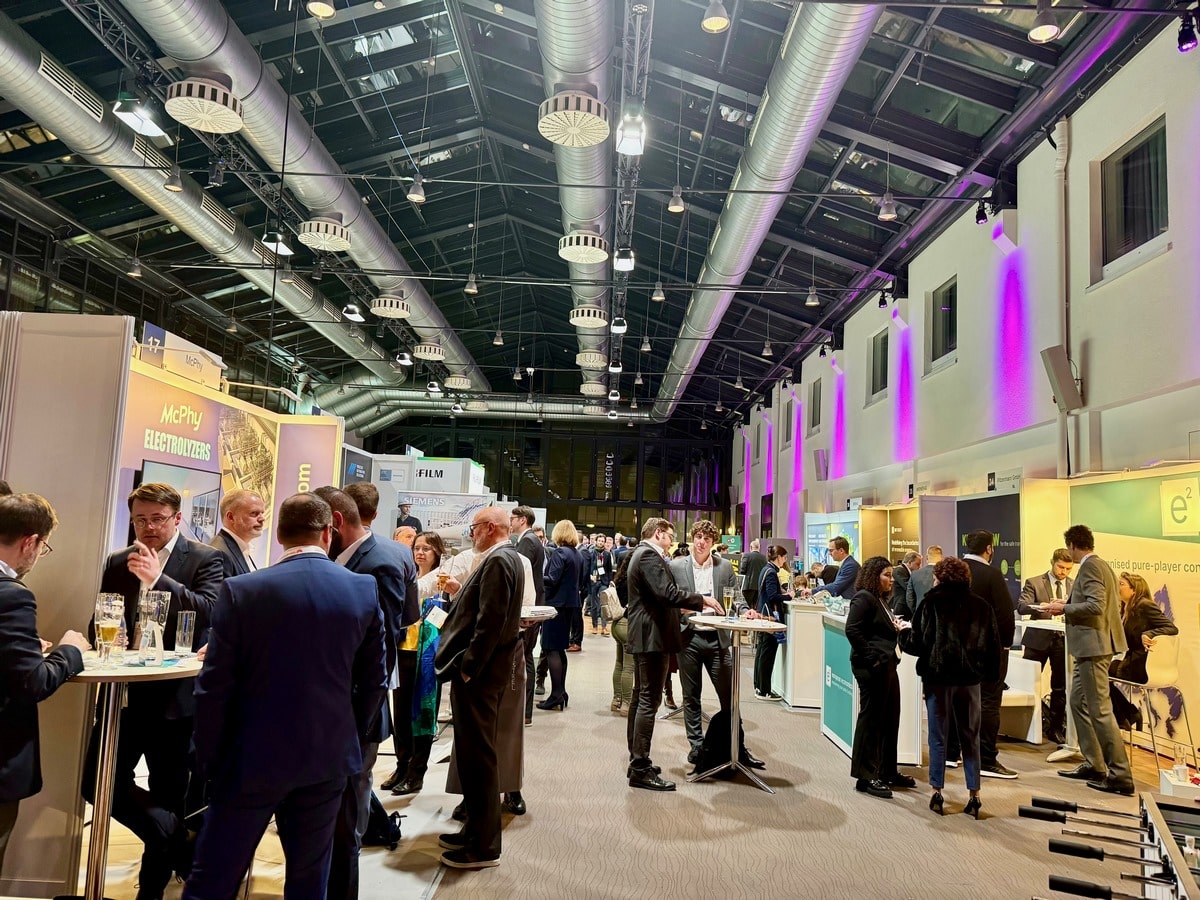
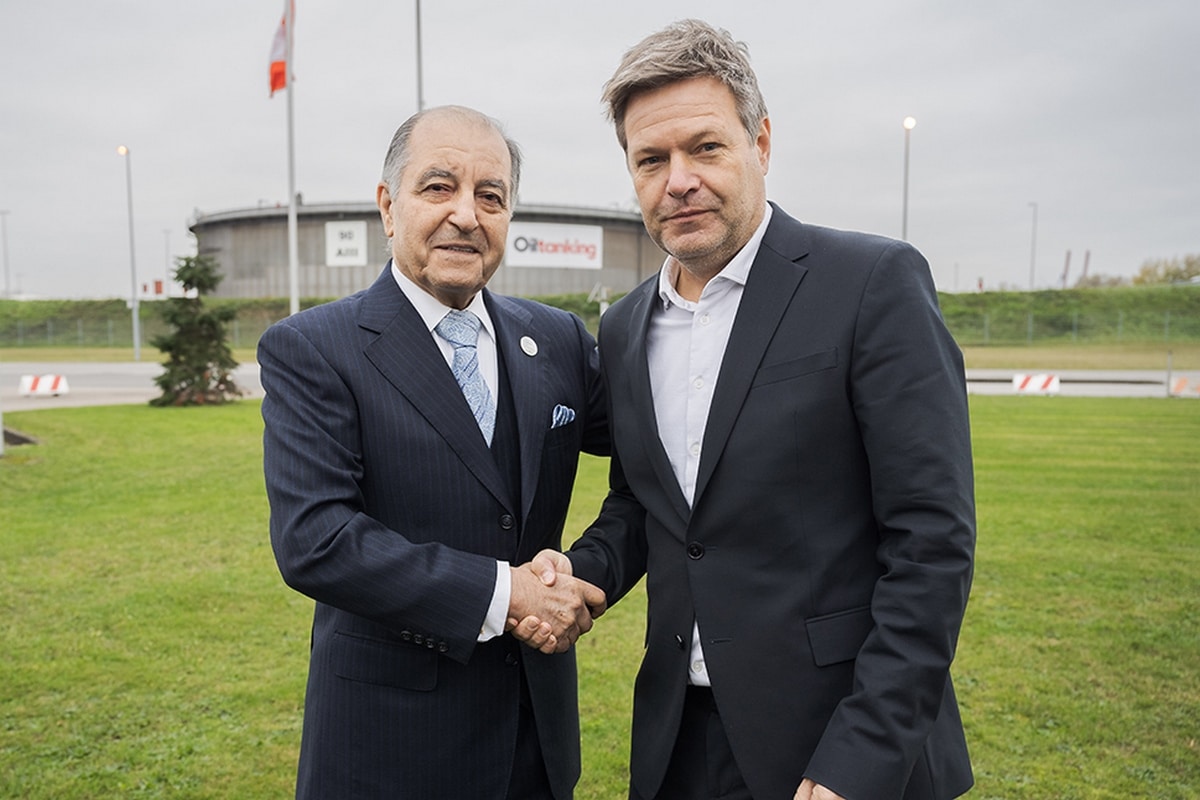
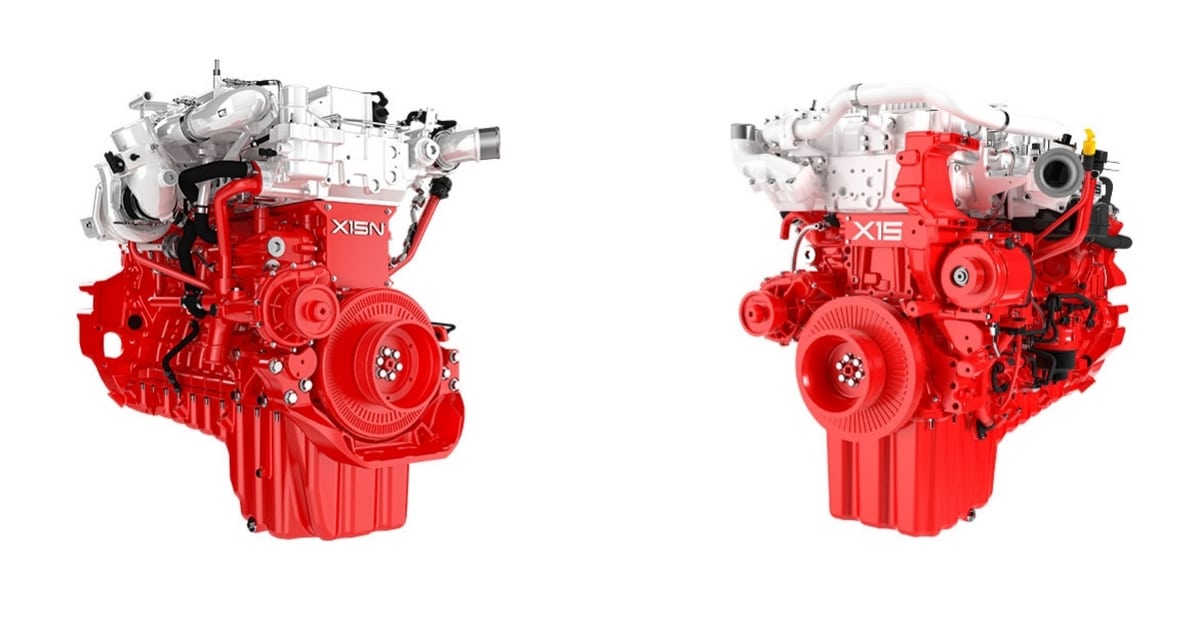
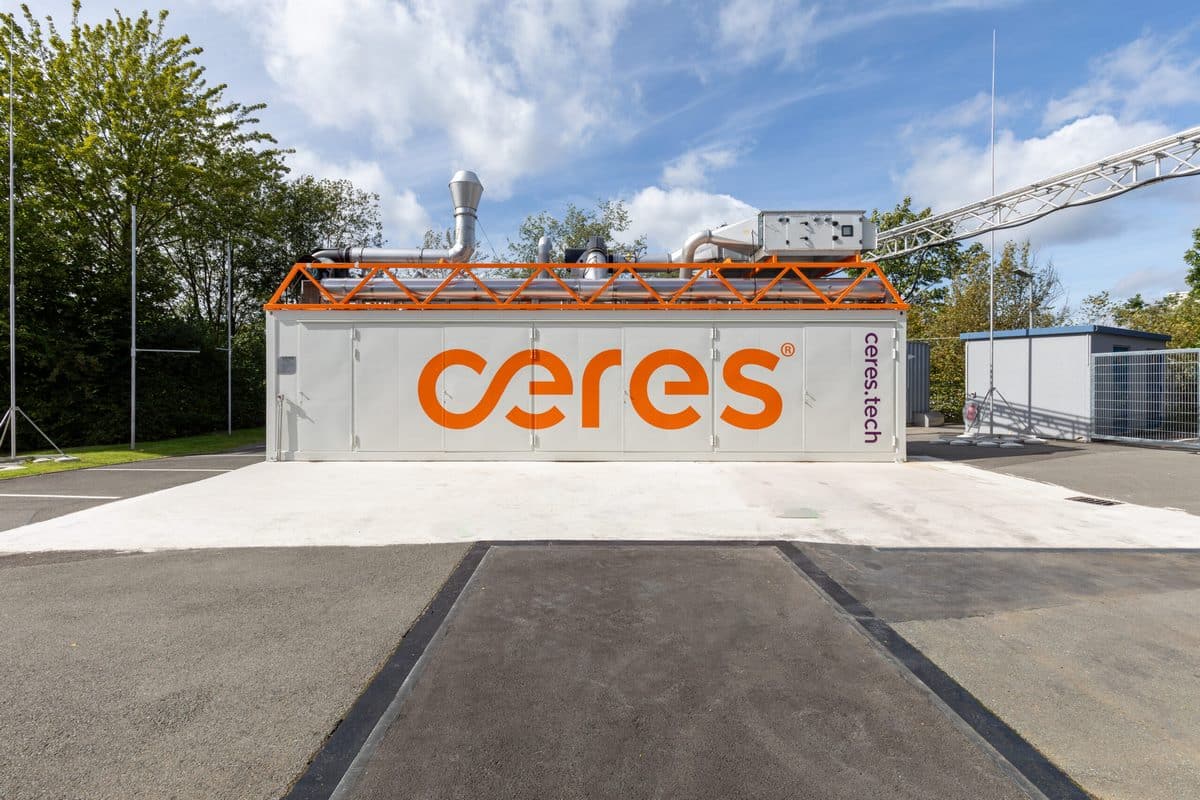

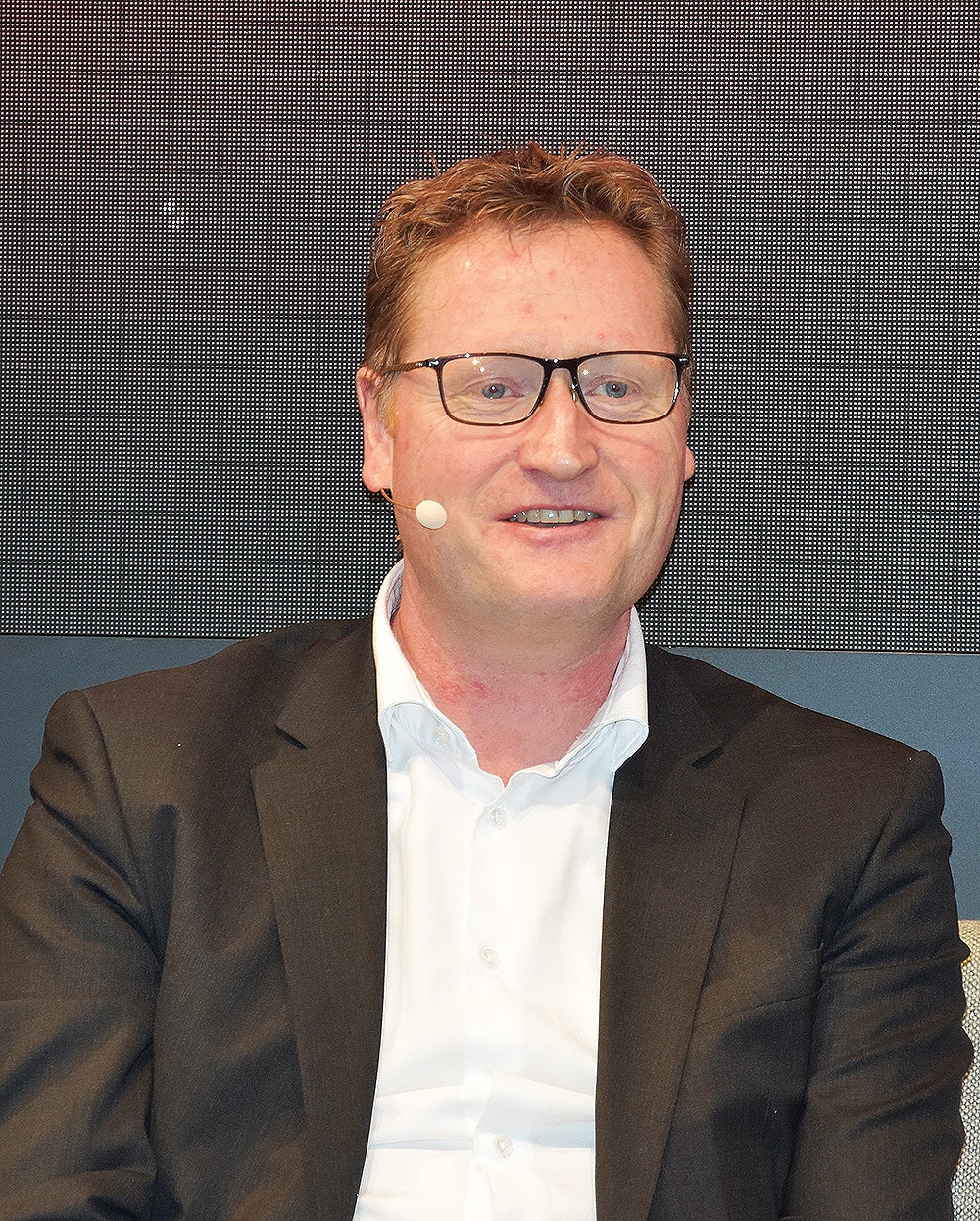


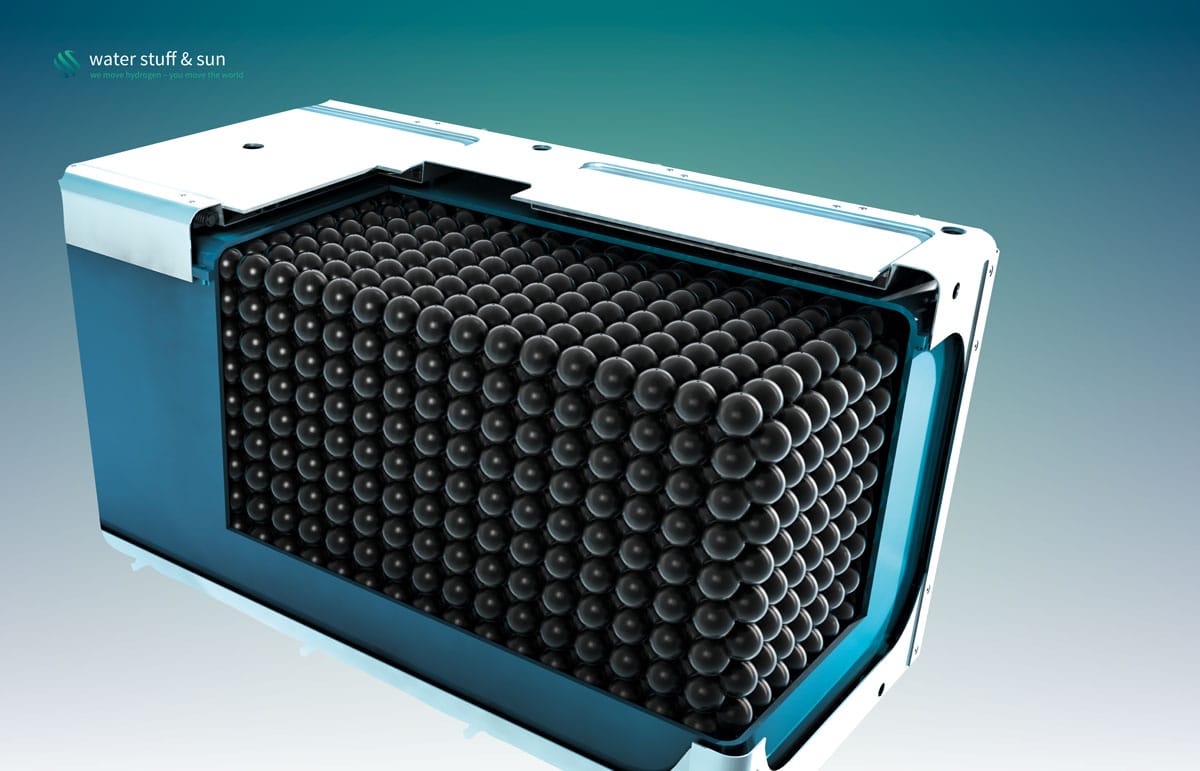

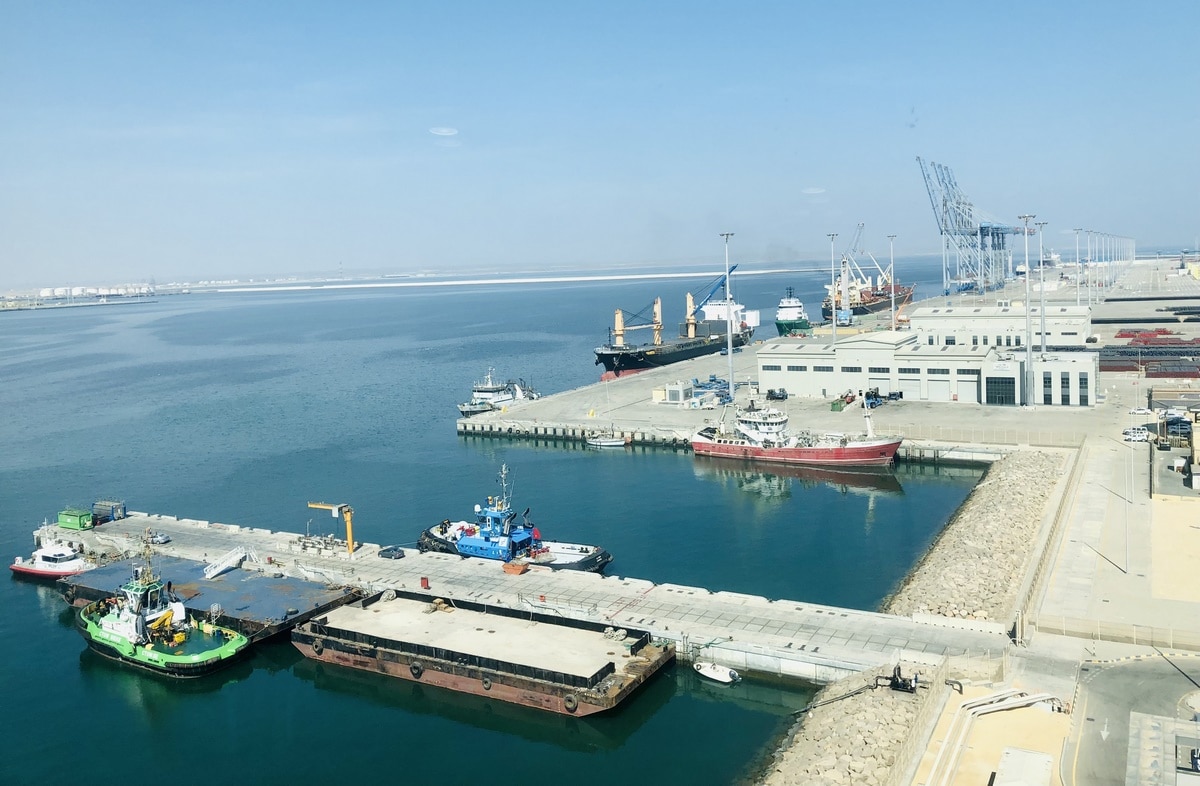
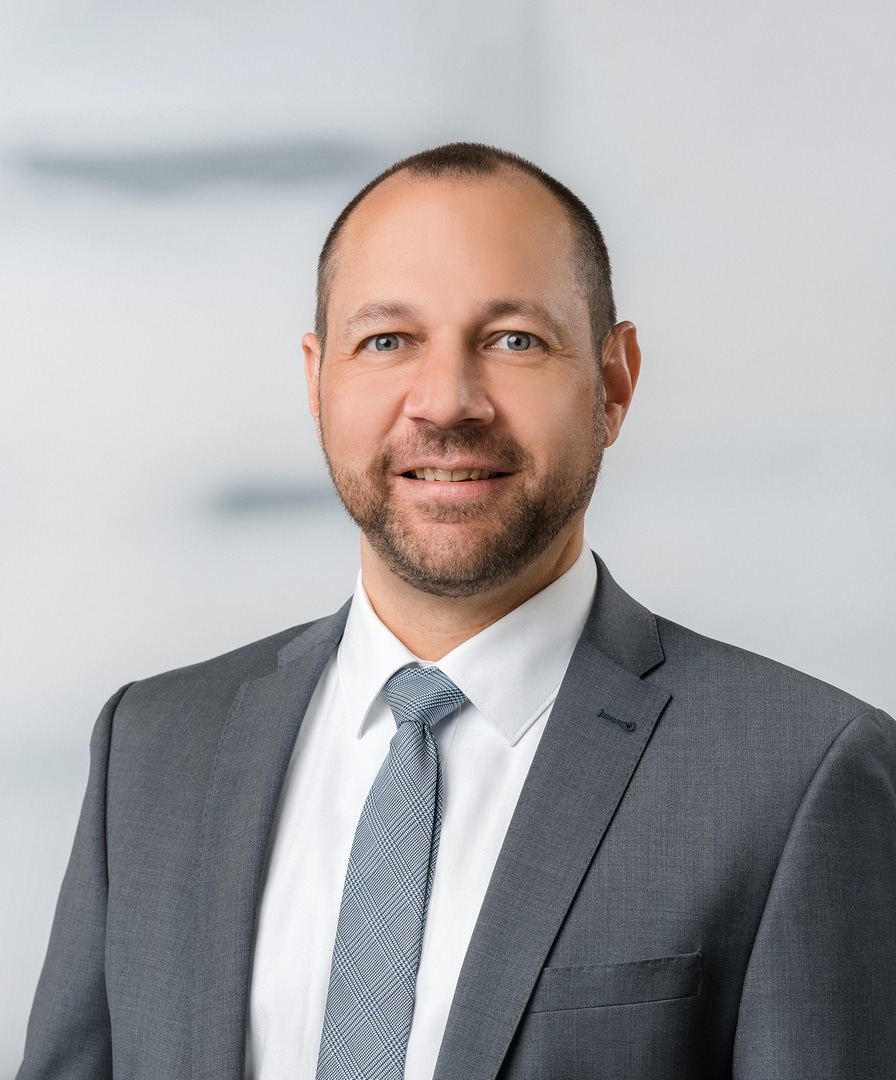
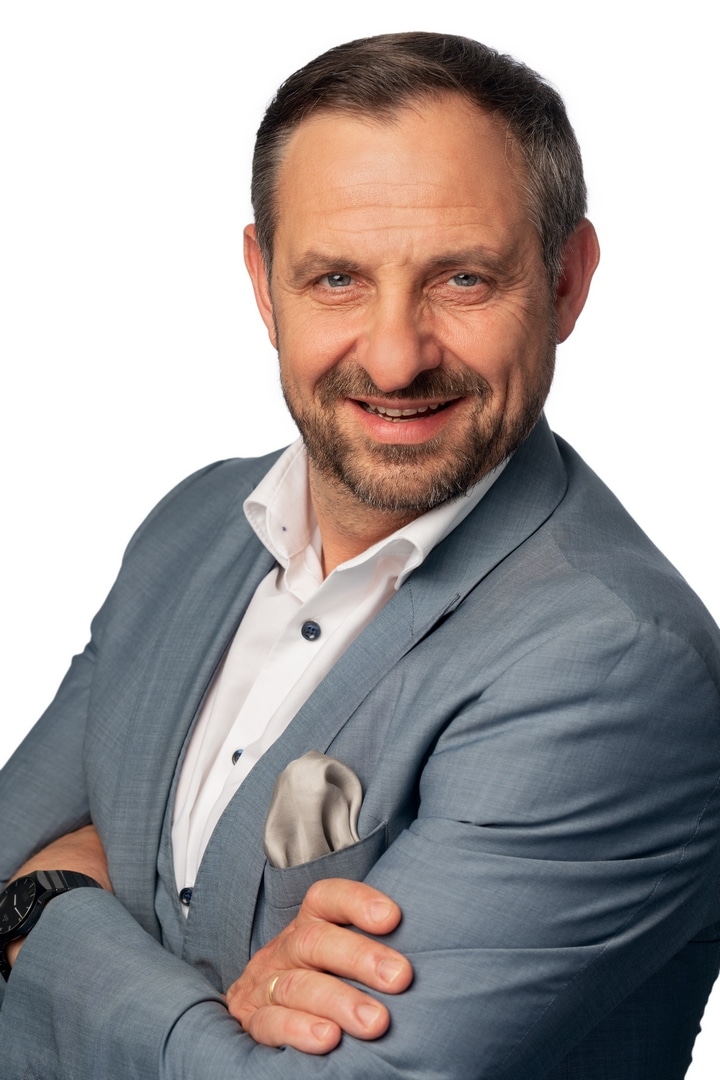
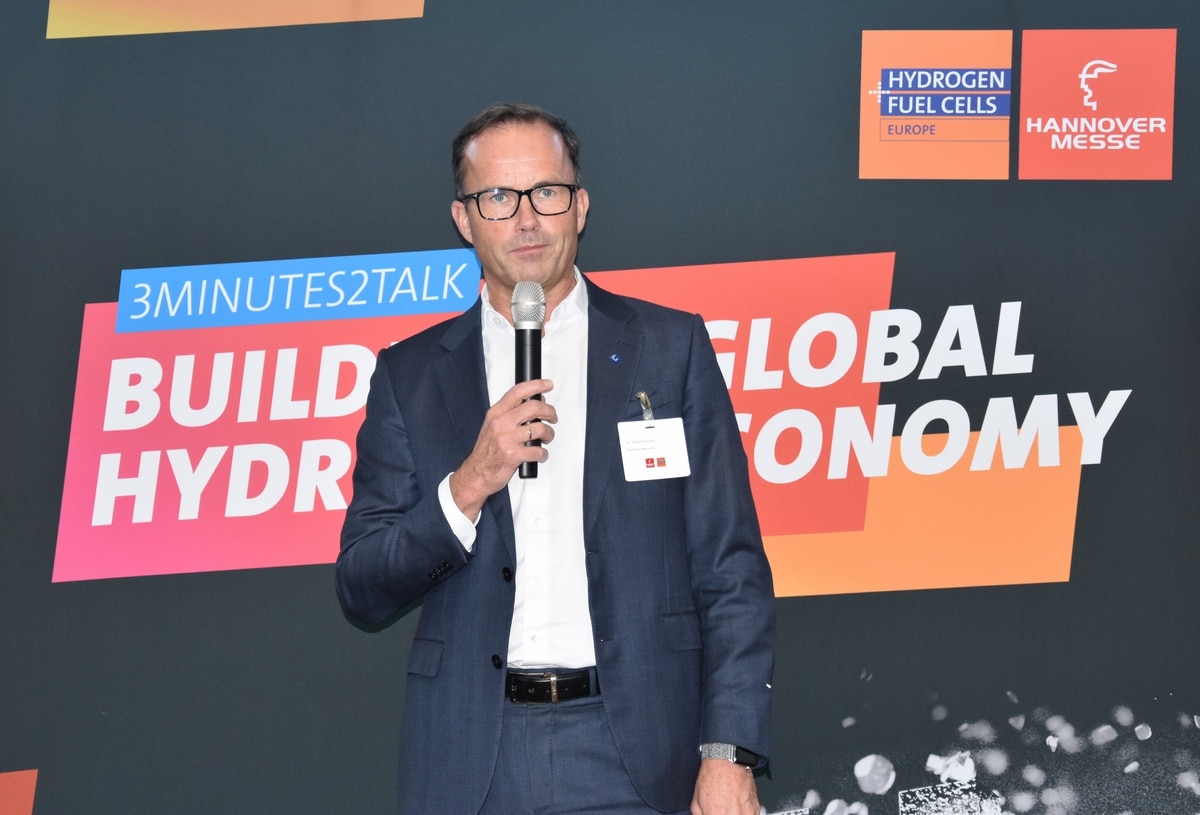
0 Comments